From The Blog
-
ConnectWise Slash and Grab Flaw Once Again Shows the Value of Input Validation We talk to Huntress About its Impact
Written by Sean KalinichAlthough the news of the infamous ConnectWise flaw which allowed for the creation of admin accounts is a bit cold, it still is one that…Written on Tuesday, 19 March 2024 12:44 in Security Talk Read 689 times Read more...
-
Social Manipulation as a Service – When the Bots on Twitter get their Check marks
Written by Sean KalinichWhen I started DecryptedTech it was to counter all the crap marketing I saw from component makers. I wanted to prove people with a clean…Written on Monday, 04 March 2024 16:17 in Editorials Read 1569 times Read more...
-
To Release or not to Release a PoC or OST That is the Question
Written by Sean KalinichThere is (and always has been) a debate about the ethics and impact of the release of Proof-of-Concept Exploit for an identified vulnerability and Open-Source…Written on Monday, 26 February 2024 13:05 in Security Talk Read 1103 times Read more...
-
There was an Important Lesson Learned in the LockBit Takedown and it was Not About Threat Groups
Written by Sean KalinichIn what could be called a fantastic move, global law enforcement agencies attacked and took down LockBit’s infrastructure. The day of the event was filled…Written on Thursday, 22 February 2024 12:20 in Security Talk Read 1074 times Read more...
-
NetSPI’s Offensive Security Offering Leverages Subject Matter Experts to Enhance Pen Testing
Written by Sean KalinichBlack Hat 2023 Las Vegas. The term offensive security has always been an interesting one for me. On the surface is brings to mind reaching…Written on Tuesday, 12 September 2023 17:05 in Security Talk Read 2123 times Read more...
-
Black Kite Looks to Offer a Better View of Risk in a Rapidly Changing Threat Landscape
Written by Sean KalinichBlack Hat 2023 – Las Vegas. Risk is an interesting subject and has many different meanings to many different people. For the most part Risk…Written on Tuesday, 12 September 2023 14:56 in Security Talk Read 1843 times Read more...
-
Microsoft Finally Reveals how they Believe a Consumer Signing Key was Stollen
Written by Sean KalinichIn May of 2023 a few sensitive accounts reported to Microsoft that their environments appeared to be compromised. Due to the nature of these accounts,…Written on Thursday, 07 September 2023 14:40 in Security Talk Read 2114 times Read more...
-
Mandiant Releases a Detailed Look at the Campaign Targeting Barracuda Email Security Gateways, I Take a Look at What this all Might Mean
Written by Sean KalinichThe recent attack that leveraged a 0-Day vulnerability to compromise a number of Barracuda Email Security Gateway appliances (physical and virtual, but not cloud) was…Written on Wednesday, 30 August 2023 16:09 in Security Talk Read 2091 times Read more...
-
Threat Groups Return to Targeting Developers in Recent Software Supply Chain Attacks
Written by Sean KalinichThere is a topic of conversation that really needs to be talked about in the open. It is the danger of developer systems (personal and…Written on Wednesday, 30 August 2023 13:29 in Security Talk Read 1880 times Read more...
Recent Comments
- Sean, this is a fantastic review of a beautiful game. I do agree with you… Written by Jacob 2023-05-19 14:17:50 Jedi Survivor – The Quick, Dirty, and Limited Spoilers Review
- Great post. Very interesting read but is the reality we are currently facing. Written by JP 2023-05-03 02:33:53 The Dangers of AI; I Think I Have Seen this Movie Before
- I was wondering if you have tested the microphone audio frequency for the Asus HS-1000W? Written by Maciej 2020-12-18 14:09:33 Asus HS-1000W wireless headset impresses us in the lab
- Thanks for review. I appreciate hearing from a real pro as opposed to the blogger… Written by Keith 2019-06-18 04:22:36 The Red Hydrogen One, Possibly One of the Most “misunderstood” Phones Out
- Have yet to see the real impact but in the consumer segment, ryzen series are… Written by sushant 2018-12-23 10:12:12 AMD’s 11-year journey to relevance gets an epic finish.
Most Read
- Microsoft Fail - Start Button Back in Windows 8.1 But No Start Menu Written on Thursday, 30 May 2013 15:33 in News Be the first to comment! Read 116518 times Read more...
- We take a look at the NETGEAR ProSafe WNDAP360 Dual-Band Wireless Access Point Written on Saturday, 07 April 2012 00:17 in Pro Storage and Networking Be the first to comment! Read 87453 times Read more...
- Synology DS1512+ Five-Bay NAS Performance Review Written on Tuesday, 12 June 2012 20:31 in Pro Storage and Networking Be the first to comment! Read 82010 times Read more...
- Gigabyte G1.Sniper M3 Design And Feature Review Written on Sunday, 19 August 2012 22:35 in Enthusiast Motherboards Be the first to comment! Read 80320 times Read more...
- The Asus P8Z77-M Pro Brings Exceptional Performance and Value to the Lab Written on Monday, 23 April 2012 13:02 in Consumer Motherboards Be the first to comment! Read 70968 times Read more...
Displaying items by tag: Storage
Portable storage from Sony
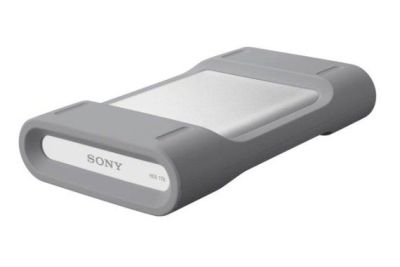 |
Sony has introduced three new portable hard drives with rather cryptic names. They are called PSZ-SA25, PSZ-HA50 and PSZ-HA1T and intended for business users, but also for those who are most of the time on the move.
Synology DS1513+ Review Part II - Performance
 |
Now that we have shown you the tear down of the Synology DS1513+ we have to show you if all of the hard work and attention to detail pay off in the form of performance and ease of use. There is nothing like getting a product and finding out that you have to read a huge manual just to change the IP address on it. So out goal now is to tear down the operating system and hardware performance in the same manner that we did the physical box. Let’s get started shall we?
Bigger, Faster, Cheaper Flash in Demand But Cold?
 |
“By the time you get this message, I'll be in the dead zone.” – Capa, “Sunshine,” DNA Films, 2007
You have to wonder if this year’s Flash Memory Summit (FMS) didn’t have Al Shugart, a hard drive pioneer, spinning in his grave.
There are a whole lot of silicon engineers hell-bent on moving his technology to a dusty corner of the Computer Museum.
Shugart was a key developer of IBM’s RAMAC (Random Access Method of Accounting and Control) disk system that stored a whopping 5MB of data. Today, no kid would look twice at a smartphone or tablet if it didn’t have at least 32GB (1GB = 1,024MB).
Intel Positions Atom to Challenge ARM in the Low Power Data Center
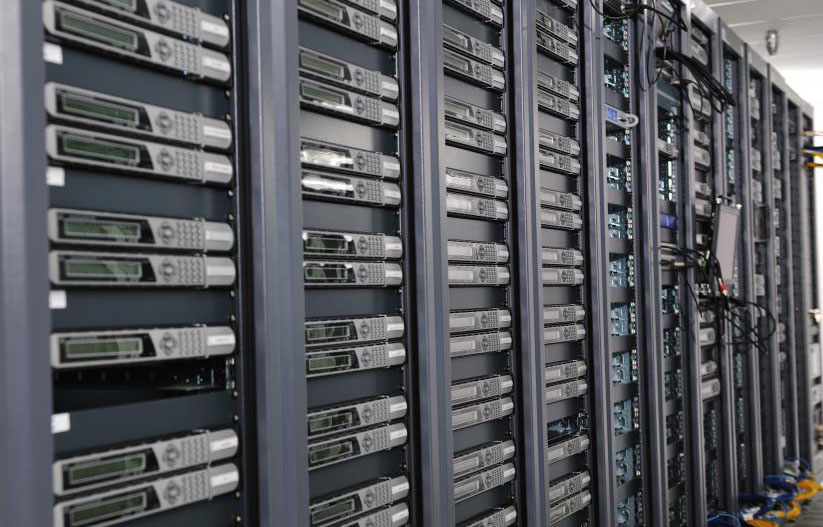 |
Intel’s Atom CPU is getting a little bit of a boost in order to give it an edge in the microserver market. The new CPU is the C2000 which is something of a departure from their older Atom designs. Unlike the Atom we all know about (two cores, limited compute and memory support) the new C2000 is much beefier with 8 cores and support for 64 GB of memory. The move is something of a departure for the Atom line as some at Intel have claimed that adding more cores to a CPU is only needed if your CPU is not powerful or efficient enough.
Microsoft increased storage space for SkyDrive Pro
 |
Microsoft has decided to add more space for storage users of Office 365 and SharePoint Pro SkyDrive service. Initial 7 GB Microsoft upgraded to 25 GB of storage space , which can be further expanded to a maximum of 100 GB. The 7 GB limit of free storage on SkyDrive was determined based on the behavior of 99.94% of their users.
Samsung shows off first SSDs with 3D memory chip
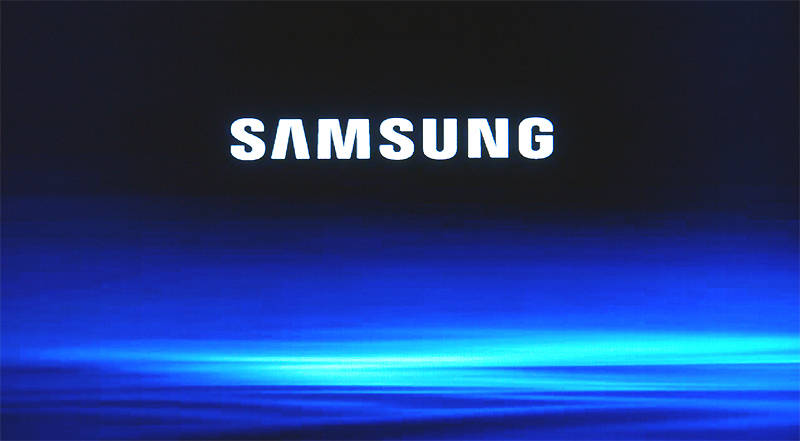 |
After Samsung introduced the first "vertical" 3D memory chip earlier this month it did not take long for the first concrete product using this technology to appear. They launched SSDs of 960 and 480 GB, which are designed for enterprise servers and data centers.
New Storage Technologies Could Make Our Mobiles Faster; Meet RRAM and 3DNAND
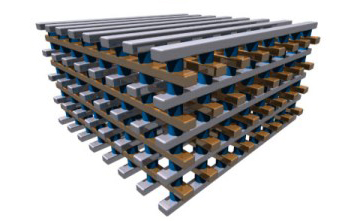 |
In almost every consumer electronics device there is a bottleneck for performance. It is not always the same item for each family (or even different devices within the same family), but it is always there. In the mobile this bottle neck was the CPU followed by memory. Now mobile devices are running into the same problems that desktops hit about 5 years ago. The performance provided by current storage technologies is being out stripped by CPU (SoC), memory, and even usage patterns of mobile device users. They are demanding more space, more speed and all with better power consumption.
The ADATA DashDrive Air AE400 Stops by the Lab
 |
There is no doubt that the mobile market has gotten huge. Everyone is building devices to enable, extend, accessorize, and maximize the mobile experience. Mobile data usage (which really means media consumption) has gone through the roof. What is interesting about the usage numbers is that they are not all 3/4G in most cases the data is flying over public or private Wi-Fi networks. This has opened up a market for a new class of device and as you might imagine manufacturers have stepping into fill this need. The first generation was all about getting the media to your device, but was limited in a couple of ways; you could not expand the memory and also there was no way to prevent battery drain on the device you were using to access the media. This is where the second generation comes in; devices with media ports instead of fixed memory and also the ability to charge your mobile device. Today we are taking a look at the ADATA DashDrive Air AE400; let’s see what it brings to the table.
PCIe SSDs from Samsung
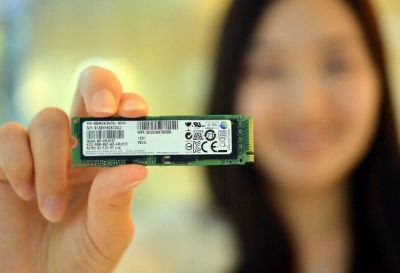 |
Samsung has begun mass producing of the XP941 line of SSDs, the first PCI Express SSD solution for ultrabooks. XP941 SSDs come in M.2 format and offer superior performance for Ultrabook and other thin notebooks.
Intel's Thunderbolt flash memory
 |
With the official presentation of generation Haswell processors, Intel also unveiled several other attractions at Computex. Among them is a prototype flash memory for fast Thunderbolt interface.
